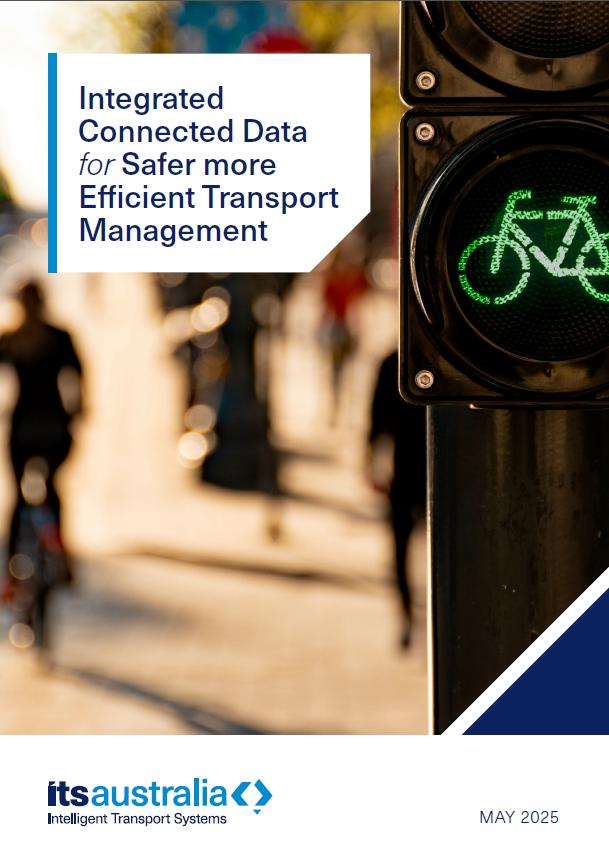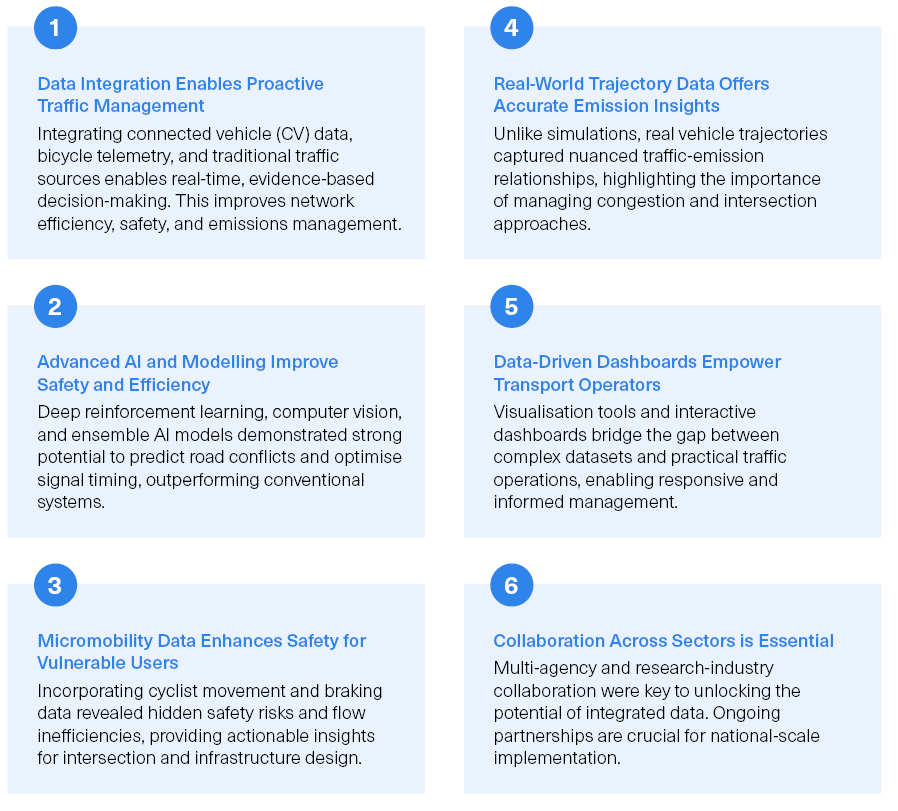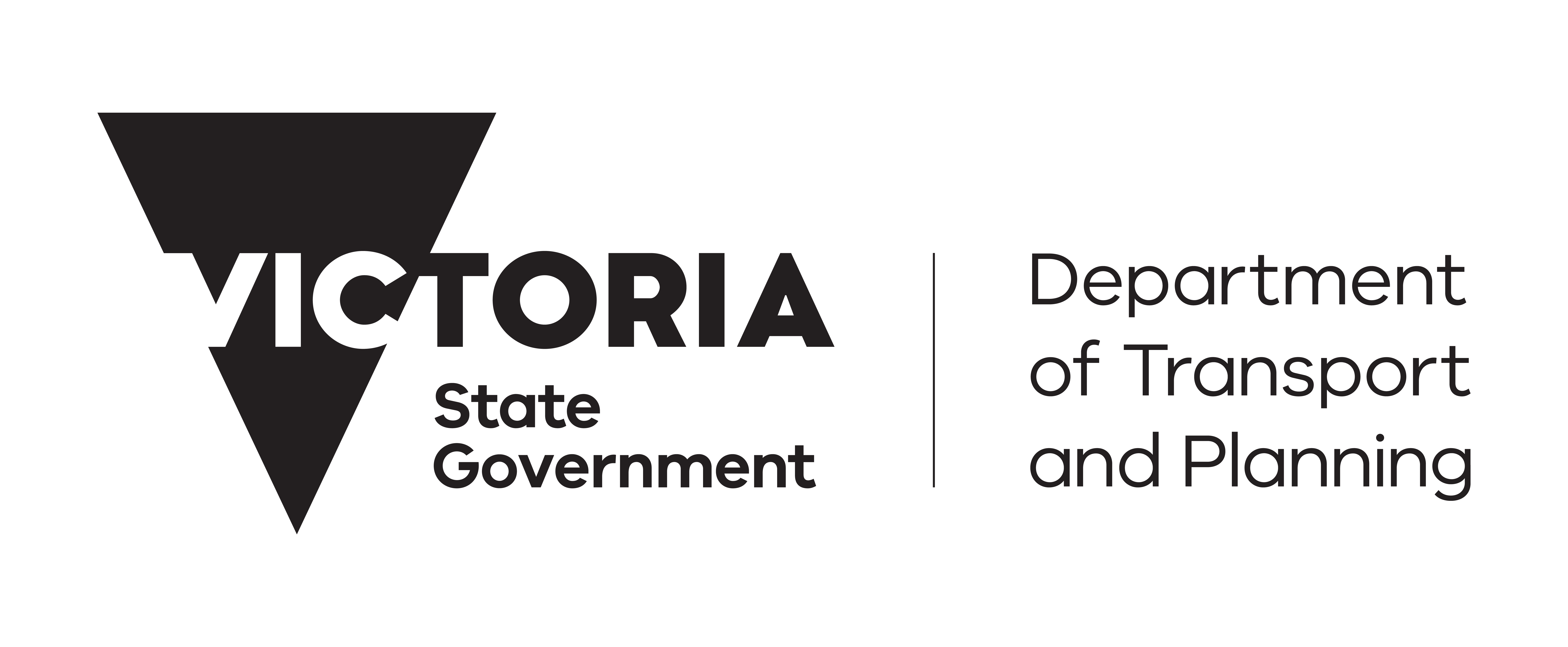Integrated Connected Data for Safer More Efficient Traffic Management Operations
This world-leading research by a multi-party government led team explored how to better leverage existing data and technology to deliver safer, faster and more efficient road travel, shaping a future of seamless mobility.
The findings in this report offer real recommendations for operators, service providers and data aggregators working across the network to deliver safer more sustainable and efficient transport networks for all Australians.
Silje Troseth / ITS Australia President
This world-leading research by a multi-party government led team examines untapped data sources with the potential to revolutionise transport management. Examining how to better leverage existing data and technology; and embracing the opportunities offered by connected vehicles; the project determined how data will deliver safer, faster and more efficient road travel, shaping a future of seamless mobility.
Advancing traffic management with data integration
This project explored how vehicle and bicycle location data, gyroscope readings, and other emerging technologies can improve traffic management. By analysing connected vehicle (CV) data, GPS signals, and bicycle telematics, we aimed to enhance safety, efficiency, and environmental sustainability in urban transportation. Our goal was to develop advanced methodologies, uncover new applications, and provide actionable insights for traffic control.
We started with an in-depth analysis of vehicle position data, measuring penetration rates, intersection turn volumes, and speed patterns.
High-resolution CV data was combined with traditional sensors, bicycle telemetry, and historical crash reports. Using advanced techniques such as deep reinforcement learning (DRL), physics-informed neural networks (PINNs), and spatial mapping, we reconstructed traffic patterns, optimised intersections, predicted road hazards, and estimated emissions. To support real-time monitoring, we also built an interactive visualisation dashboard.
Our findings showed that AI-driven models using CV data improved operation of traffic signals, reducing delays and congestion. Bicycle data helped pinpoint dangerous locations and risky behaviours often missing from crash reports. The dashboard provided real-time insights, empowering traffic managers to make faster, data-backed decisions.









